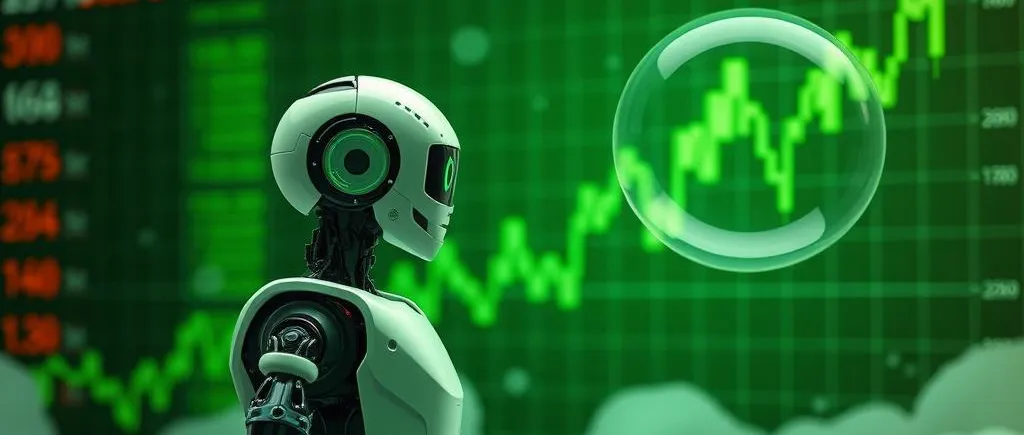The Technology Has Already Crossed the Profitability Threshold
💰 Robotaxi costs: $0.40/mile vs $2.00/mile for human drivers
Recent data reveals autonomous vehicles have achieved cost parity with human drivers – and are rapidly becoming cheaper. Goldman Sachs calculates robotaxi operating costs at $1.34 per mile initially, declining to $0.40 per mile by 2040. Traditional ride services cost approximately $2.00 per mile, creating enormous margin advantages for autonomous operators.
The safety data is equally compelling. Swiss Re's analysis of 25.3 million autonomous miles compared to 200 billion human-driven miles showed 86% fewer property damage claims and 90% fewer injury claims. In simple terms, self-driving vehicles are roughly ten times safer than human drivers. Aurora Innovation has logged 2.6 million supervised autonomous miles with a 99% Autonomous Readiness Measure.
This isn't theoretical anymore. Companies are generating real revenue from real customers paying real money for autonomous transportation services. The business model has been proven, scaled, and is now ready for mass deployment.
Why June 22nd Changes Everything
Tesla has announced its first commercial robotaxi service will launch "tentatively" on June 22nd in Austin, Texas. This isn't another testing program or limited trial. It's the beginning of commercial deployment using Tesla's seven million existing vehicles that can be converted to robotaxis with a software update.
🎯 Launch Date: June 22nd in Austin, Texas
The company has completed over 1,500 supervised employee trips covering 15,000+ miles in preparation for public launch. Every Tesla on the road acts as a data collection sensor, feeding billions of miles of real-world driving experience into the company's neural networks. This creates an insurmountable competitive advantage – whatever one Tesla learns, all Teslas instantly know.
Industry analysts compare this moment to Uber's original launch – a technology that seemed impossible until it suddenly became inevitable. Once Tesla proves commercial viability in Austin, expansion to major cities becomes a matter of regulatory approval rather than technological development.
What This Could Mean for Investors
The convergence of proven technology, regulatory approval, and commercial deployment creates an investment opportunity that many analysts believe could dwarf previous technology booms. Multiple pathways exist for investor participation, from pure-play autonomous vehicle companies to established technology leaders integrating autonomous capabilities.
🔍 The ecosystem extends far beyond vehicle manufacturers to include AI processors, batteries, mapping tech, and cybersecurity solutions
The ecosystem extends far beyond vehicle manufacturers to include artificial intelligence processors, advanced battery systems, mapping technology, and cybersecurity solutions. Many of these critical component suppliers remain largely undiscovered by mainstream investors, potentially offering the type of explosive growth seen in previous technology revolutions.
Smart money is positioning now, before the June 22nd launch proves commercial viability to skeptical markets. As with every transformative technology, the biggest returns go to investors who recognize the opportunity before it becomes obvious to everyone else. The window for early positioning closes rapidly once commercial deployment demonstrates real revenue generation.







